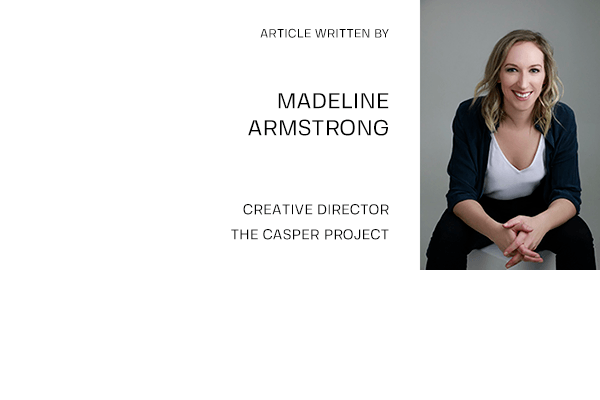The long-standing debate; which is better, polished or matte and what finishes should we use where – will always be contested when manufacturing approaches and technology advancements are constantly raising the bar for both finishes.
The hot trend right now in tiles and building materials are matte finishes. Matte finishes absorb light which we associate with moody environments and soft, calming surroundings. Polished finishes on the other hand are reminiscent of reflections such as a crisp bright clear day with the sun gleaming off crystal water or the reflectance of pure white snow on the mountains.

Let’s look at why gloss and matte finishes are selected. Just think about a printed photo, unless you specify otherwise, your photos will be printed for you on gloss paper. This is because it gives a stronger depth to the image, making the millions of individual colours that make up the picture more noticeable. Same goes for tiles and precious stones. A matte tile will never give the same variation to each individual hue of colour as a gloss finish can appear to have.

Natural and Artificial Light: Polished finishes will reflect and bounce light off their smooth gloss surface (called specular reflection) leaving us with the impression rooms are lighter, brighter, therefore associated with being larger and “grander”. Matte finishes on the other hand absorb light (diffuse reflection) giving a feeling of calm and softness, which is currently trending as a more “refined” and “raw” finish within interior design. Matt tiles will have little natural light reflection.
The history of polished surfaces began with glazing of porcelain making prominence in 1500BC to waterproof vessels so they can hold liquids, making them impervious and with a tougher surface. Over the years as the practice become standard in manufacturing, gloss finishes have been associated with luxury, opulence, fashion and beauty. This is because, just like the printed photograph on paper, the colour and the patterns are undeniably stronger and richer with a shiny coating over.

Now we aren’t saying to use one finish or the other everywhere. In the interior designer, balance is key to a successful space. Gloss tiles have their place, as do matte tiles and finishes, each with strengths and weaknesses. If we take reflectiveness as an example, natural light will come through the window at an angle, and firstly hit the floor. So, to maximise light reflectivity, a gloss floor tile would be the easiest option and make the most sense here. This however would also give off a “glare” which needs to be considered, but not discounted. An alternative to gloss tiled flooring would be to consider the interior walls. Walls need light to bounce off the floor finish in order for the wall to have reflectivity. If you have a matte finished floor, such as concrete, the floor will absorb most of the light, therefore reflectivity on the wall is minimised and the room may appear “dull”.

Combinations of matt floors (timbers or carpets) with gloss walls, or gloss floors with matt walls (such as paint or wallpaper) would both give the spaces light reflection, with polished floors giving a higher intensity of light, enough to make the polished elements of the room “gleam” and showcase the intensity and beauty of the material.
As apartment living and the densification of housing rises in Australia, we will be forever searching for ways to make our spaces appear larger, brighter and more spacious. We continually chase and seek out natural light from the sun in any way possible to penetrate into our homes and interior spaces. With this in mind, let’s not rule out seeing through the current matte trend and using gloss finishes to brighten up our space on key surfaces.

To learn more about how to use colour in interior design, contact Madeline Armstrong, The Casper Project.
With over 15 years’ of experience in Interior Architectural Design, Project Management and Business Development within Design Practices, Madeline has a well rounded knowledge of the industry and forward thinking design within interiors. Working on numerous commercial projects such as airports in India and Vietnam, retail fit-outs in New Zealand and food and beverage outlets globally, Madeline then moved to residential interior design, leading the Australian luxury home design division for Italian brands such as Versace Home and Fendi Casa for 6 years. Highlighting achievements include winning Best Bathroom Global at the International Design and Architecture Awards in London in 2018.


